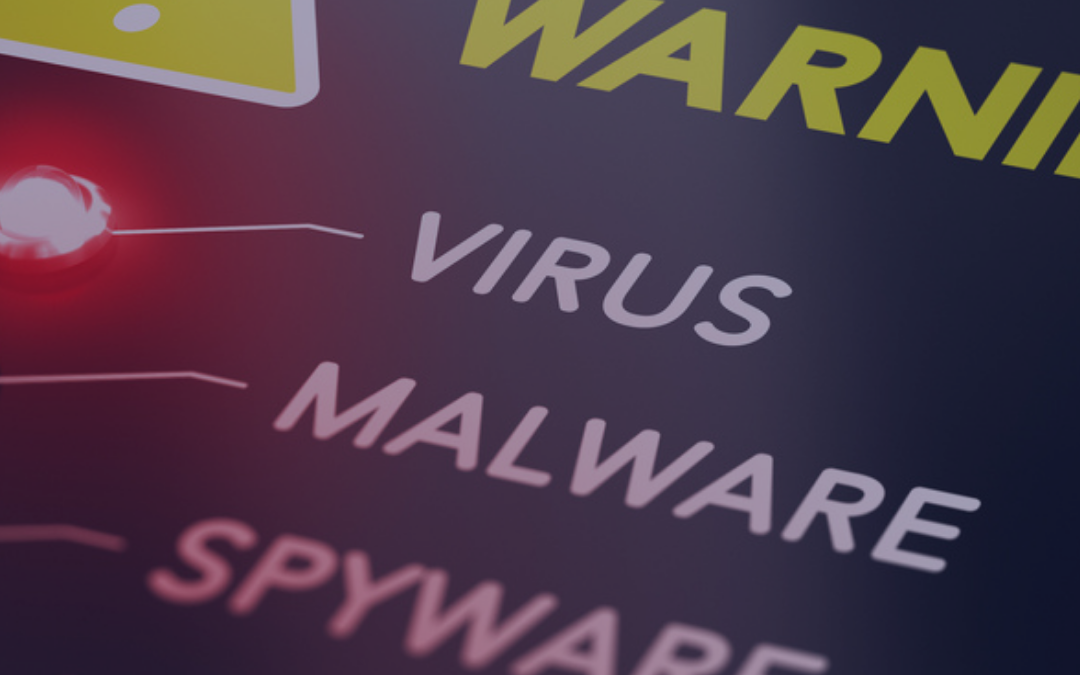Computer viruses can make your devices sick, affecting performance and compromising data. Since the introduction of the first computer virus in 1986, these malicious programs have been a problem.
How Computer Viruses Spread
Viruses often spread through downloaded or installed infected files. Pirated media, free games, and malicious emails are common sources. They can also get into your system through infected external drives like USB sticks.
Signs Your Computer Has a Virus
- Slow computer performance
- Unexpected shutdowns or restarts
- Missing files
- Frequent system crashes
- Error messages
- Pop-up windows
- Unwanted applications
- Overworked hard drive
- Automatic emails
- Lagging web browser
- Malfunctioning security programs
What to Do If You Suspect a Virus
- Run a Full-System Scan: Use antivirus software for a comprehensive scan. Set it to run regularly for proactive detection.
- Restore to an Earlier Backup: If the scan doesn’t resolve issues, restore your system to a previous backup and rescan.
- Delete Temporary Files: Clear temporary files from your computer to remove potential virus traces.
- Boot in Safe Mode: If your computer malfunctions, try Safe Mode to troubleshoot without interruptions.
- Reinstall Your Operating System: As a last resort, reinstall your OS. Seek professional help to avoid data loss.
Prevention Tips
- Use Antivirus Software: Install trusted antivirus software and schedule regular scans.
- Practice Security: Adopt strong passwords, enable multi-factor authentication, keep automatic updates on, and learn to identify phishing attempts.
- Be Cautious on Public Wi-Fi: Use personal hotspots or VPNs on public Wi-Fi to enhance security.
- Get Software from Trusted Sources: Download software from verified sources and use official app stores for apps.
Remember, prevention is key. Prioritize cybersecurity habits to safeguard your devices from potential threats.

